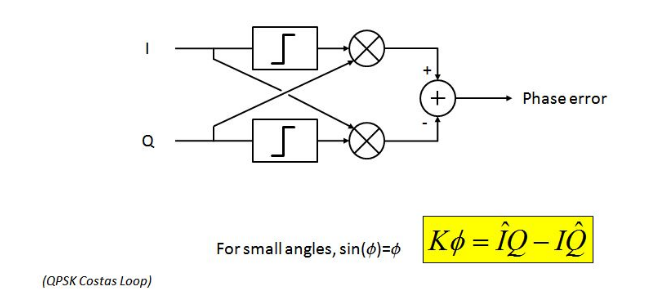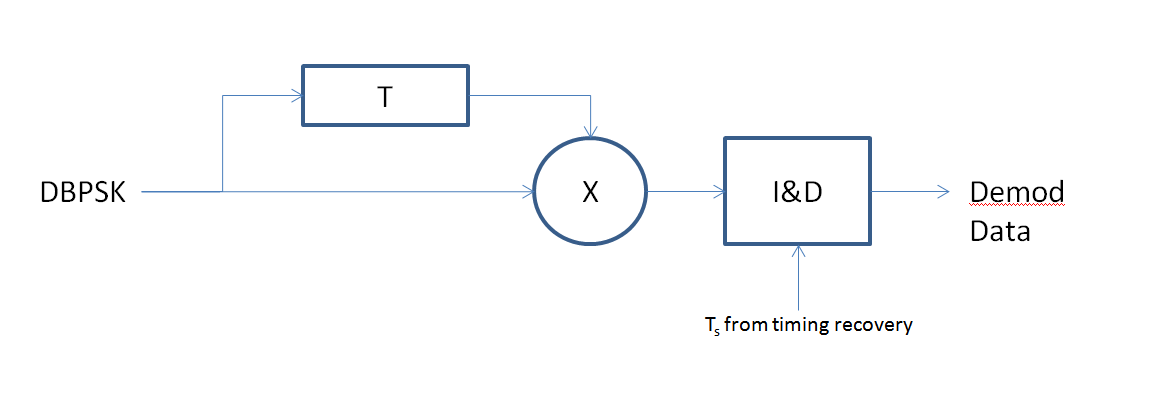If you want to do synchronous detection of BPSK, you will need to completely remove the carrier offset (on average over the duration of a symbol). If you do not correct for carrier offset, then your BPSK symbols will continue to rotate, eventually inverting; unless you know the rate of inversion you will not be able to distinguish if the data transmitted was a 1 or a 0. Knowing the rate of inversion is essentially carrier recovery/tracking.
Even if you reduced this carrier offset to significantly small values, you will still reach a point in time where the data that was completely real moves to the imaginary axis and then becomes real again but will be inverted. In the simplest case to answer your question, if your frequency offset was sufficiently smaller than the length of your data packet (768 bits), then it is completely feasible that you could determine the inversion from a preamble (but you could still feasibly have an inversion in the middle of your data depending on your relative phase, but let's assume you do a simple phase correction in your preamble as well; now if you do both phase and frequency correction in your preamble- then you are doing carrier recovery). So in this would setcase the maximum offset towould be:
You can certainly implement additional coding in your message payload and therefore allow for even greater offsets-- however DBPSK would be a much easier solution on this front, but coding is feasible if you knew you could guarantee clock accuracy and wanted better SNR performance at the expense of some overhead). However be aware that with a separate transmitter and receiver clock that even if you were to manually adjust them so that you knew the clock offsets were below these limits, those clocks will absolutely drift over time and temperature where you will not be able to guarantee with your rates that the clocks will remain synchronized open loop. For example, the reasonable drift rate between two separate 10 MHz crystal oscillators is 100 Hz/day. With wide temperature changes this can be significantly worst. That said, you could periodically measure your frequency error and from knowledge of the worst case frequency drift for your design, this measure (and correction) rate could be minimized for maximum efficiency. This is still a carrier recovery implementation with some suggestions detailed below on that front, but is to suggest that the carrier recovery operation could feasibly be once per packet, or even significantly less when you are resource constrained.


